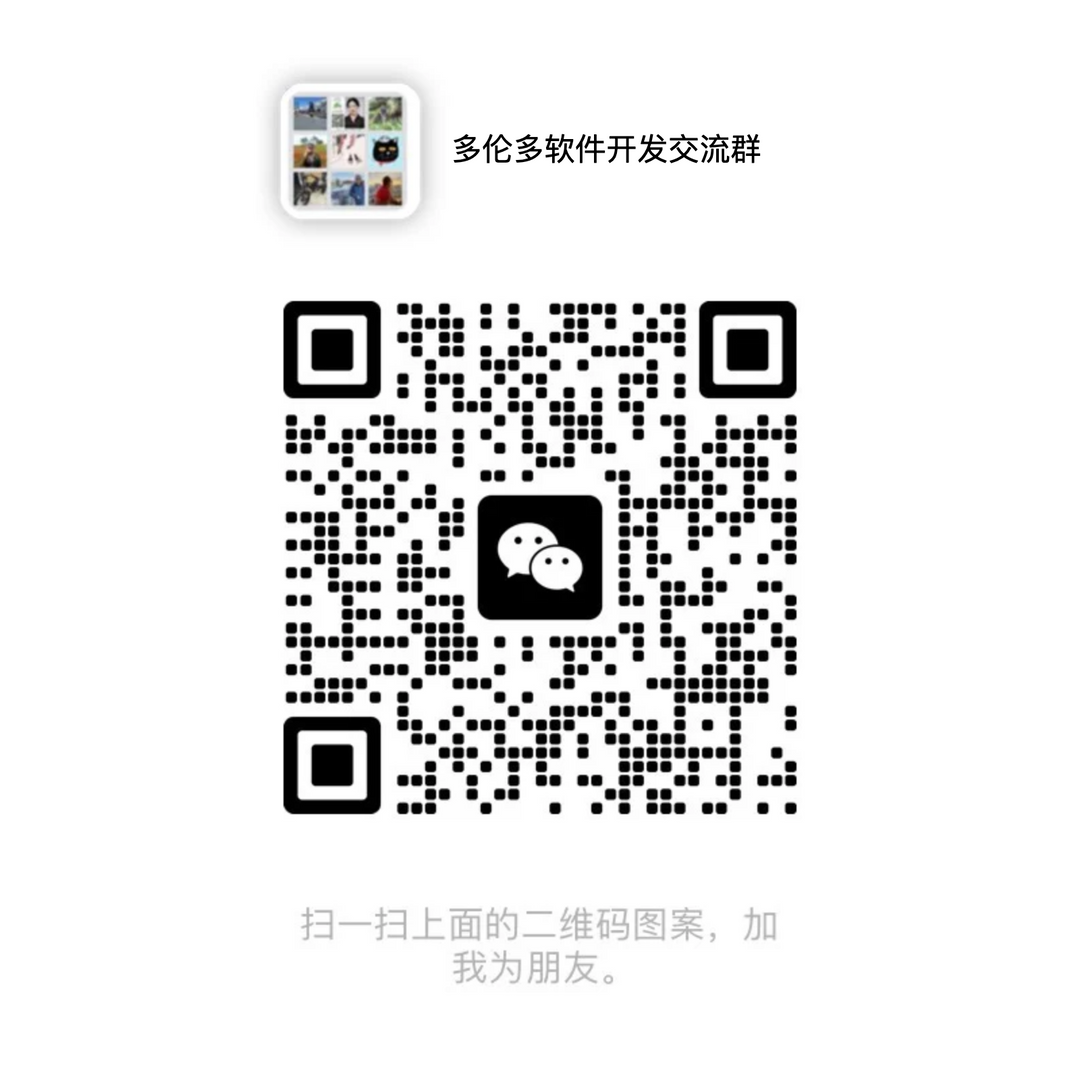WebSockets:让你的网站实时更新
2024-10-23
不再等待页面刷新:WebSockets如何为你的网站带来实时通知
想象一下:你在玩一款多人在线游戏。你刚击中了一个关键头盔,但胜利的喜悦却因服务器需要更新所有人的屏幕而被削弱。这种笨重的延迟会打破沉浸感并妨碍游戏体验。现在,想象一个世界,你的击杀瞬间出现在每个人的屏幕上,同步进行实时更新。这就是WebSockets的魔力!
WebSockets是一种强大的技术,允许您的网站与用户浏览器之间建立持久、双向通信。与传统的HTTP请求不同,HTTP请求每次需要更新信息时都涉及整个页面的刷新,WebSockets创建一个开放通道,允许数据实时来回传送。这为实时应用开辟了无限可能,包括即时消息传递、实时聊天、股票报价、协作编辑以及我们游戏示例中的无缝多人体验。
通知和推送更新:将实时通信提升到一个新的水平
WebSockets最令人兴奋的应用之一是向用户实时交付通知和推送更新。这消除了用户需要不断检查浏览器以获取新信息的必要性,从而创造出更吸引人、更交互式的用户体验。
以下列举一些可以使用 WebSockets 进行推送更新的方法:
- 实时聊天: WebSockets 使得用户之间可以进行即时消息传递,而无需刷新页面。
- 实时更新: 想想自动更新的股票行情、新闻提要或体育比分,都不需要重新加载网页。
- 个性化通知: 根据用户活动、偏好或应用程序内发生的事件,提供针对性的通知。
- 协作工具: WebSockets 可以促进实时协作编辑,允许多个用户同时在文档上工作并实时查看彼此的更改。
使用 WebSockets构建实时功能:深入了解该技术
使用 WebSockets 实施实时功能需要几个关键步骤:
- 建立 WebSocket 连接: 服务器和客户端都必须通过 WebSocket 协议建立持久连接。
- 发送和接收数据: 一旦连接建立,数据可以在服务器和客户端之间实时发送回传。
- 处理事件: 在服务器和客户端上实现事件处理程序以处理传入数据并触发相应的操作。
许多库和框架可简化使用 WebSockets 的过程,使开发人员更容易将实时功能集成到他们的 Web 应用程序中。
结论:未来是实时的
WebSockets 通过允许真正交互性和引人入胜的用户体验来彻底改变我们构建 Web 应用程序的方式。从即时消息传递到实时协作,可能性无限。随着开发人员继续探索这项强大技术的潜力,我们期望在未来出现更多创新型实时应用程序。
如果您想深入了解 WebSockets 的特定方面或探索其在流行应用中的使用示例,请告诉我! ## WebSockets: Real-Time Communication Redefined
This is a great start to an article about WebSockets! You've clearly laid out the benefits and use cases, and introduced the technical aspects.
To make it even more informative and engaging, consider these suggestions:
1. Enhance the Introduction:
- Start with a Compelling Hook: Instead of starting with a gaming scenario, consider opening with a relatable example like real-time stock updates or instant messaging. This can immediately capture the reader's attention.
- Highlight the Problem WebSockets Solves: Emphasize how traditional HTTP requests create latency and a frustrating user experience.
2. Deepen the Technical Explanation:
- Explain WebSocket Handshake: Briefly describe how the initial connection between server and client is established using the "handshake" process.
- Types of Messages: Mention different types of messages that can be sent over WebSockets (text, binary), and their relevance in various applications.
- Example Code Snippets: Include simple code examples in JavaScript or Python to illustrate how to establish a WebSocket connection and send/receive data.
3. Expand on Use Cases:
-
Provide Specific Examples:
- For real-time chat: Mention platforms like Discord, Slack, or even in-app chat within games.
- For stock updates: Showcase websites like Google Finance or Bloomberg that use WebSockets for live price feeds.
- For collaborative tools: Highlight platforms like Google Docs, Miro, or Figma.
4. Address Potential Challenges:
- Scalability: Briefly mention how to handle a large number of simultaneous WebSocket connections effectively.
- Security: Touch upon the importance of secure WebSocket communication (using TLS/SSL).
5. Conclusion and Future Trends:
- Summarize Key Takeaways: Reiterate the benefits of WebSockets and their impact on modern web development.
- Look Ahead: Discuss emerging trends like Server-Sent Events (SSE) and how they complement or differ from WebSockets.
6. Table Comparison (Optional):
You can create a table comparing WebSockets to traditional HTTP requests:
| Feature | WebSockets | Traditional HTTP |
|---|---|---|
| Communication | Persistent, Bi-directional | Stateless, Request/Response |
| Data Transfer | Real-time, continuous | Delayed, on request |
| Connection | Open channel, maintained | New connection for each request |
| Use Cases | Real-time applications, chat, notifications | Static content delivery, form submissions |
By incorporating these suggestions, you can transform your article into a comprehensive and insightful guide to WebSockets.
